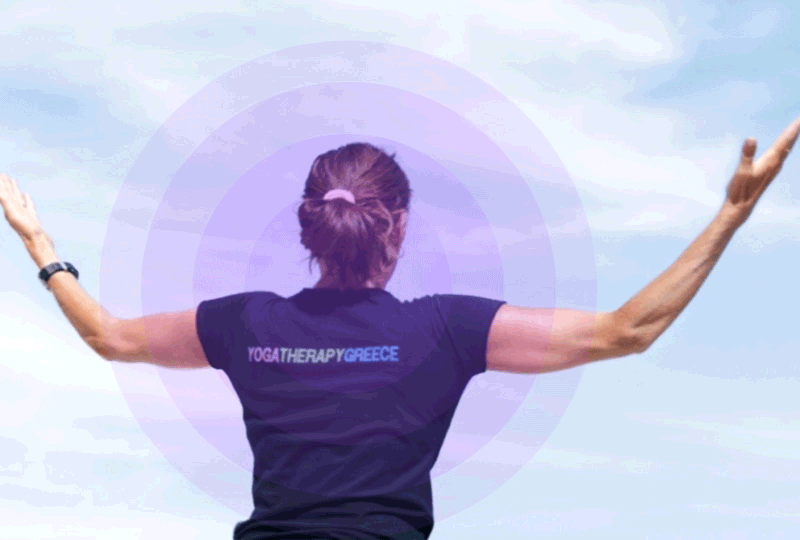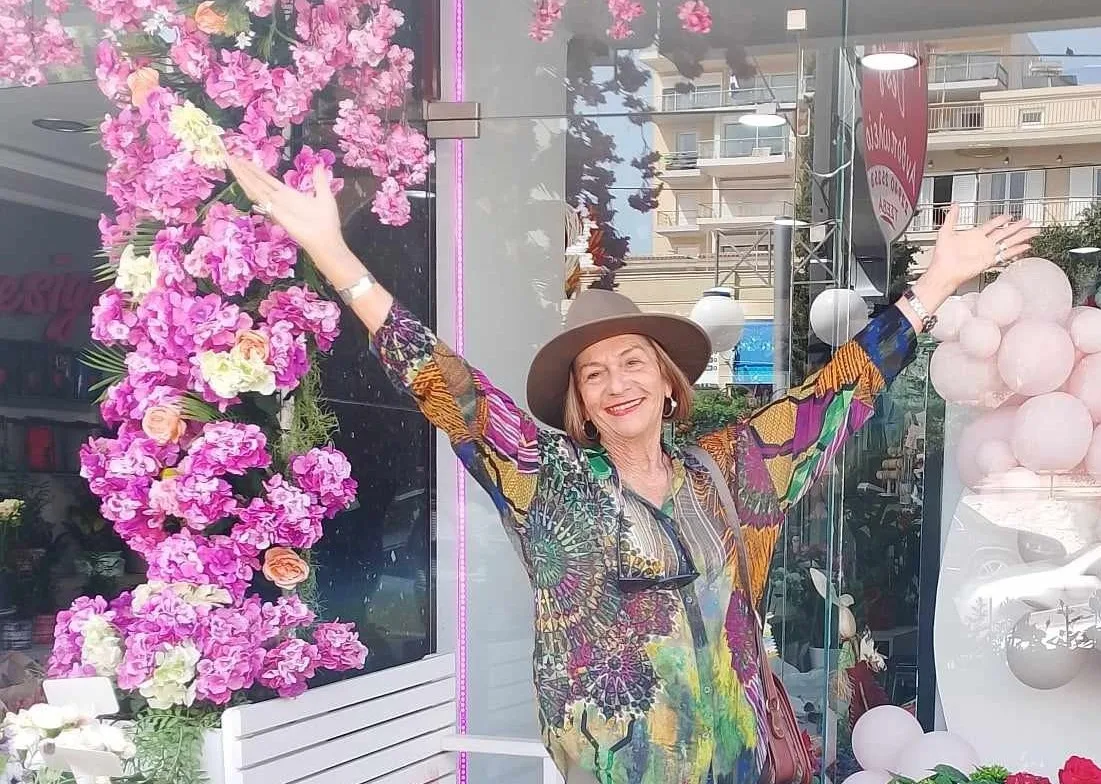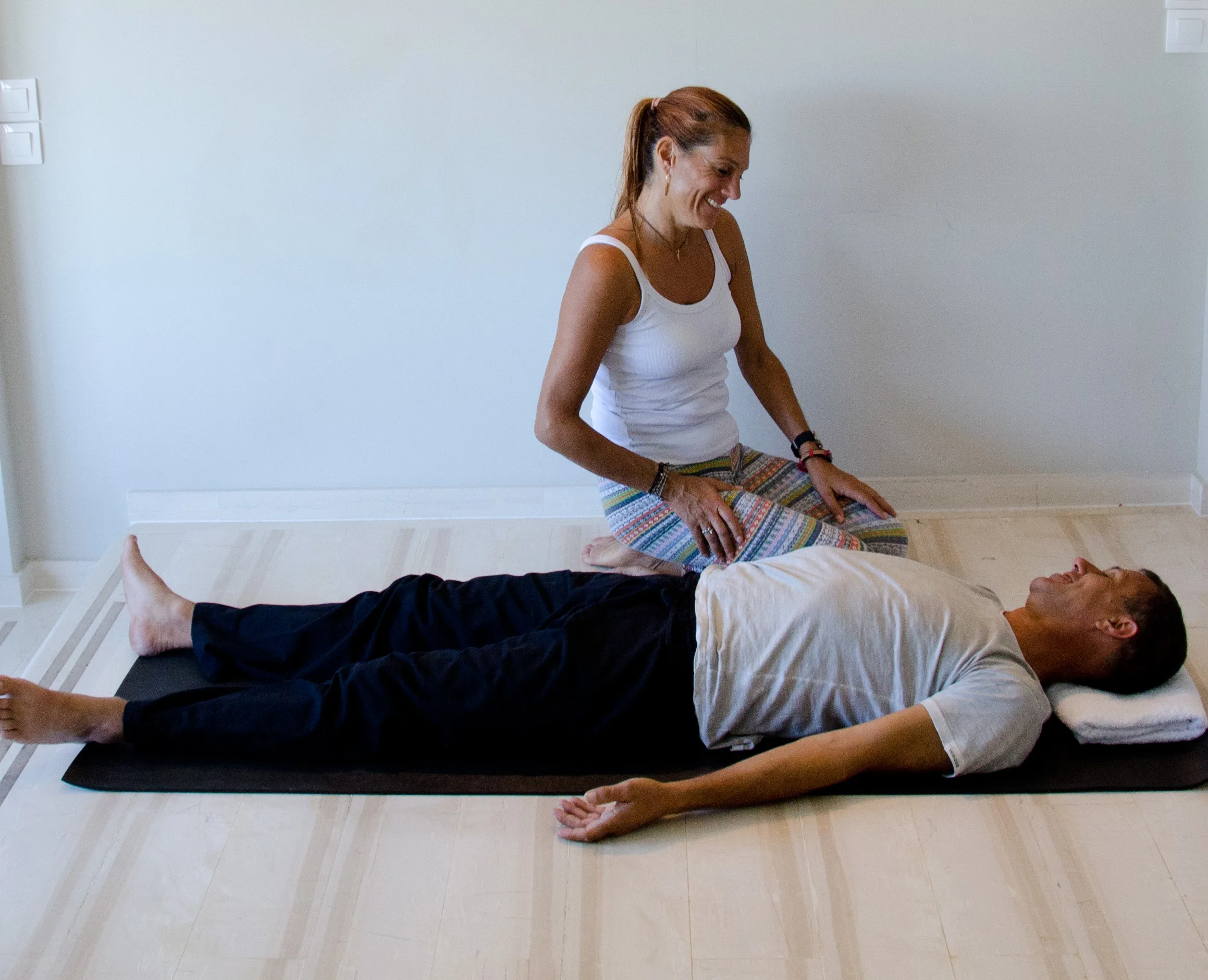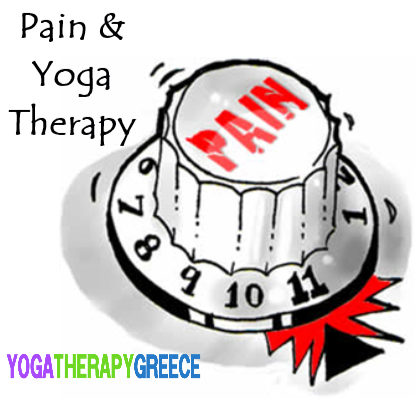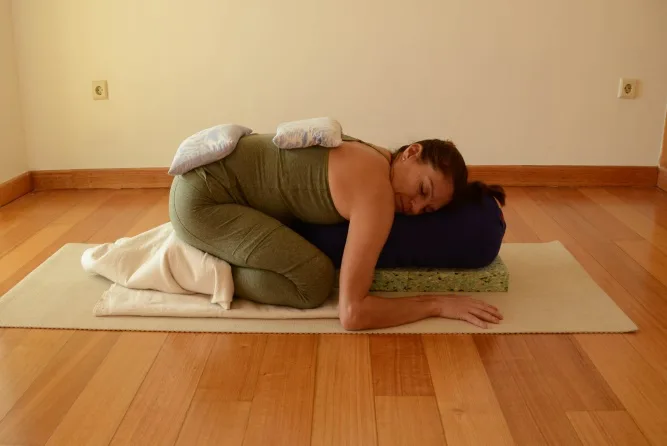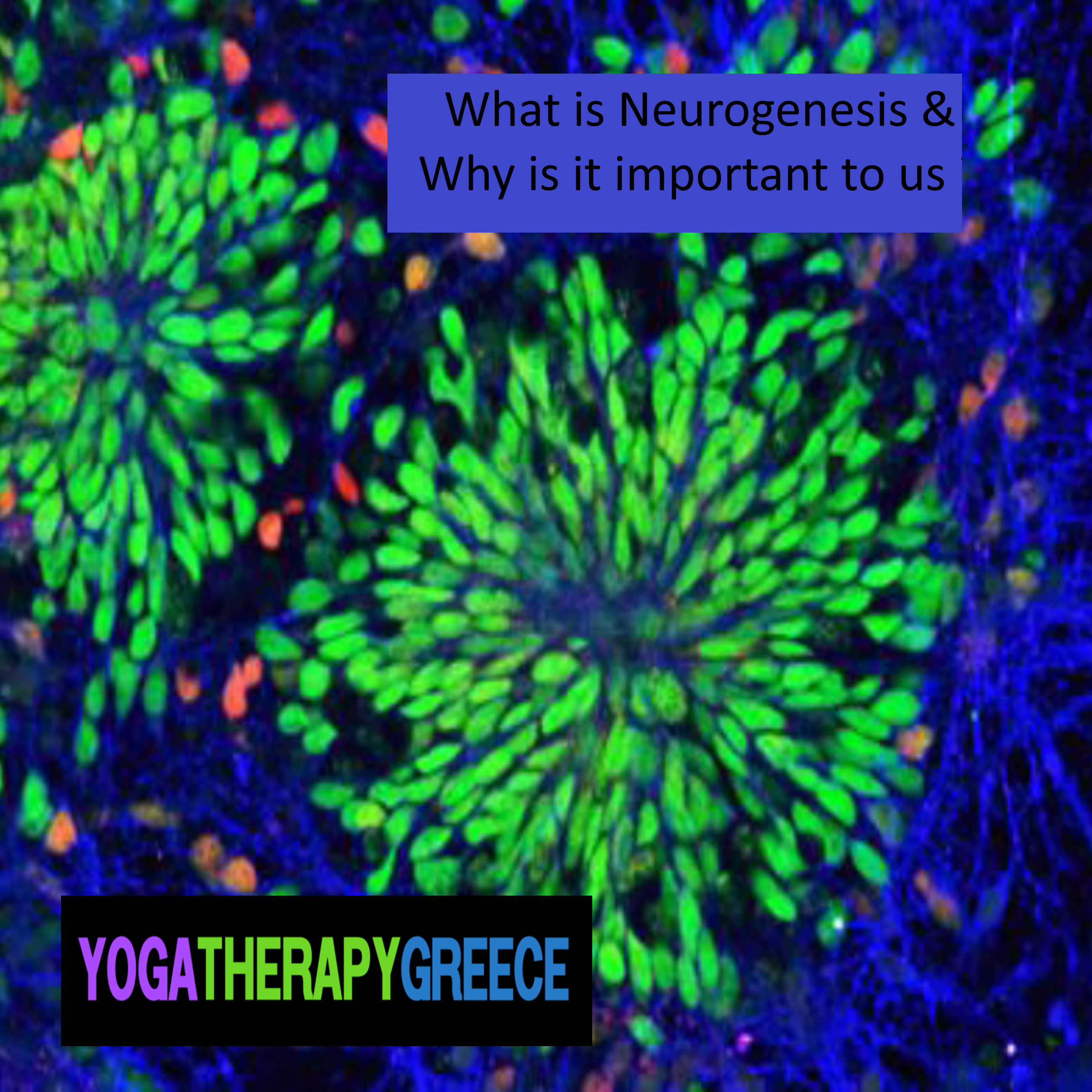The relationship of Yoga, Emotions, Posture and Awareness
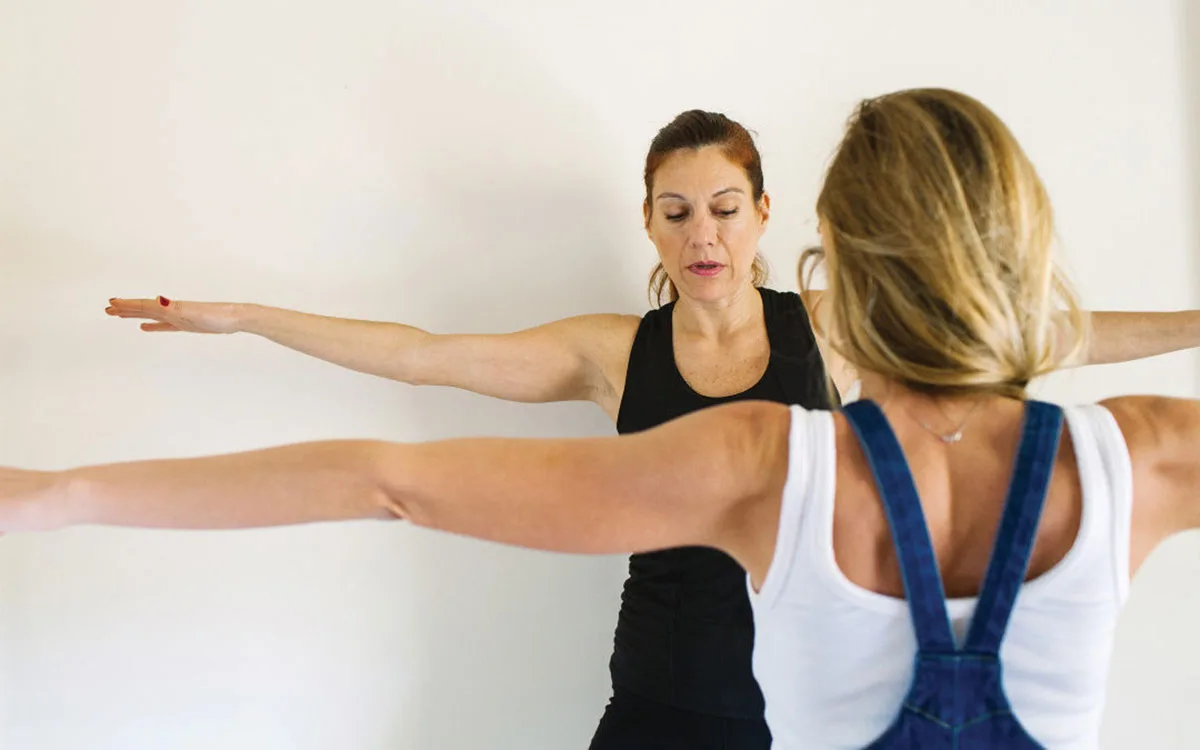
Numbness and repression of both the negative and the pleasurable emotions is a physical reality manifested in constricting of the muscles or collapsing of the posture, in constraining the breathing and causing uncoordinated or robotic movement. Maintaining this suppression requires tremendous expenditure of energy. Much of this habitual tendency of muscle becomes postural and has as its result the steady maintenance of an attitude.
When negative feelings or an attitude prevail, a contrasting mood cannot be felt unless the posture is released, and this is the reason we start with the body integrating mindful tools!
Negative memories are encoded not primarily in the neocortex but instead in the limbic system and brain stem. For this reason, behaviours and memories cannot be changed by simply changing one’s thoughts. One must work with body sensation and feelings – really with the totality of the experience.
Knowing why we react the way we react, is not in itself helpful. Becoming the world’s leading expert of ourselves has nothing to do with being fully present. Paying attention/bringing awareness to our body is not a treatment nor an alleviation of the symptoms. It is a descent into the parts of our being that are alien.
Awareness derives from the moment to moment sensing of internal and external environment. Inner awareness, introspection is directing our attention in a deliberate, evaluating, controlling way but with acceptance and compassion. This self- awareness requires us to recognize and track our sensations and feelings that most of the times are a result of our conditioned mind.
Feelings accessed through body awareness and meditation/ self-reflection, rather than only emotional release,bring us the kind of lasting change that we so desire.
The most important gift of Yoga is the attention to here and now through focusing on the breath and the awareness of the sensations/feelings in our bodyas well as the release of tension from the mind with the asanas, with the pranayama, dharana, restoratives, yoga nidra, meditation etc. It helps us to be embodied, to be aware of the body that we experience life in and to be guided by our inner wisdom.
1. Breathe consciously/ bring our attention to the breath as often as possible.
2. Recognize how we feel and make frequent pauses to see how we feel.
3. Recognize the stories that are repeated in our minds and in our lives.
4. Be in the present to us and to others.
5. Have some humour to our life.
6. Realize what nourishes and what doesn’t in order to do more the things that nourish us. We can make a list of them.
7. Practice vairagya i.e detachment/non-attachment to a traumatic/unpleasant event by first writing in one sentence what bothers us but also by writing at least 3 ways that has empowered us.
At stage one vairagya/non-attachment releases the weight of disappointment and emotional pain. At stage two, it becomes a catalyst for emotional growth and prepares us to achieve the things we would otherwise not be capable of achieving.
It is a great exercise for any person with anger, depression, apathy, loneliness, insomnia, tension, weight gain, loss of sex drive, where in all these cases we are attached to what has happened without seeing the potential for something good in even the most painful experience.
The more often we choose to live our life from this angle, the more happiness, ease and opportunity we will experience. Before going to bed each night, we can clear our mind and do the vairagya exercise in order to look at any circumstances that are troubling us.
8. Everyday express gratitude for 2-5 thingswe have in life. The more content we feel, the clearer the judgement will be. This is the main reason we try to enhance gratitude at the end of most of meditations, yoga nidras and guided relaxations.
Like all things in life, whatever we appreciate grows.
We cultivate contentment, because contentment alone reveals the intelligence that will guide us to our best life.
We need both contentment and adjustment; if we don’t follow contentment’s lead to make internal and external adjustments, we won’t achieve our best life.
